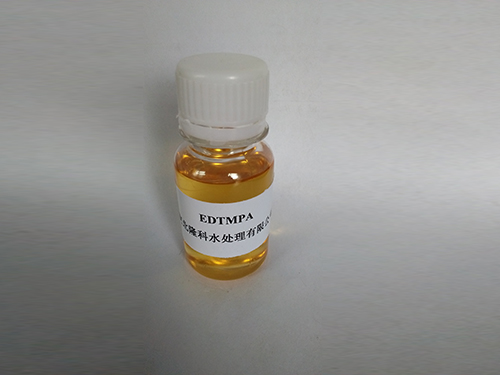Exploring the Properties and Applications of Non-Ionic Polyacrylamide in Various Industries
Non-Ionic Polyacrylamide An Overview
Non-ionic polyacrylamide (NIPAM) is a water-soluble polymer that has gained significant attention in various fields due to its unique properties and versatile applications. As a member of the polyacrylamide family, NIPAM differentiates itself by not carrying any ionic charge, which grants it specific advantages in certain environments compared to its ionic counterparts.
Chemical Structure and Properties
The chemical structure of non-ionic polyacrylamide comprises repeated units of acrylamide that are linked through amide bonds. This structure allows for the formation of a three-dimensional network when cross-linked, enhancing its mechanical properties and providing a scaffold for various applications. NIPAM is characterized by its ability to swell in water, forming a gel-like substance that can retain moisture without ionic interactions, making it suitable for applications in both dilute and concentrated solutions.
One of the most notable features of NIPAM is its temperature sensitivity. The polymer exhibits a lower critical solution temperature (LCST), a phenomenon where solubility in water decreases as the temperature increases. This property has opened avenues for using NIPAM in thermal-responsive materials, where its phase transition can be exploited for controlled release mechanisms, drug delivery systems, and other smart material applications.
Applications in Various Fields
1. Agriculture NIPAM is often utilized in agriculture as a soil conditioner and water-retaining agent. By forming a gel in the soil, it helps retain moisture, reducing the frequency of irrigation and improving crop yield. This application is particularly valuable in arid regions, where water scarcity is a critical issue.
2. Biomedical Applications In the biomedical field, NIPAM has shown promise in drug delivery systems and tissue engineering. Its biocompatibility and ease of modification allow for the design of smart drug delivery vehicles that respond to physiological changes, releasing therapeutic agents at specific sites or in response to certain stimuli, such as temperature fluctuations.
non ionic polyacrylamide

3. Wastewater Treatment Due to its flocculating properties, non-ionic polyacrylamide is also utilized in wastewater treatment processes. It helps in the aggregation of suspended particles, facilitating their removal during clarification processes. This is particularly beneficial for treating effluents with high turbidity levels, as NIPAM can enhance the settling rates of solids.
4. Cosmetics and Personal Care NIPAM is used in cosmetic formulations as a thickener and stabilizing agent. Its ability to form gels enhances the texture and feel of various personal care products, making them more appealing to consumers. Its non-ionic nature also ensures compatibility with a wide range of other ingredients, broadening its applicability in cosmetic formulations.
Challenges and Future Directions
Despite its numerous advantages, the use of non-ionic polyacrylamide is not without challenges. Environmental concerns surrounding the biodegradability of synthetic polymers remain a significant issue. Researchers are actively exploring biodegradable alternatives and modifications to enhance the environmental profile of NIPAM-based materials, paving the way for more sustainable applications.
Moreover, the regulation of polyacrylamide use, particularly in food and biomedical applications, is an ongoing consideration. Ensuring the safety and efficacy of NIPAM products necessitates thorough research and adherence to regulatory guidelines.
Conclusion
In conclusion, non-ionic polyacrylamide is a versatile polymer that holds great promise across various fields, including agriculture, biomedical engineering, wastewater treatment, and cosmetics. Its unique properties enable its application in innovative solutions to contemporary challenges. As research progresses, the potential for new and environmentally friendly uses for NIPAM continues to expand, highlighting its importance in both scientific and commercial landscapes. As we navigate the challenges associated with synthetic polymers, it is critical to balance innovation with sustainability for future generations.
-
lk-319-special-scale-and-corrosion-inhibitor-for-steel-plants-advanced-solutions-for-industrial-water-systemsNewsAug.22,2025
-
flocculant-water-treatment-essential-chemical-solutions-for-purification-processesNewsAug.22,2025
-
isothiazolinones-versatile-microbial-control-agents-for-industrial-and-consumer-applicationsNewsAug.22,2025
-
scale-inhibitor-key-solutions-for-water-system-scale-preventionNewsAug.22,2025
-
organophosphonates-versatile-scale-inhibitors-for-industrial-water-systemsNewsAug.22,2025
-
scale-and-corrosion-inhibitor-essential-chemical-solutions-for-water-system-maintenanceNewsAug.22,2025





